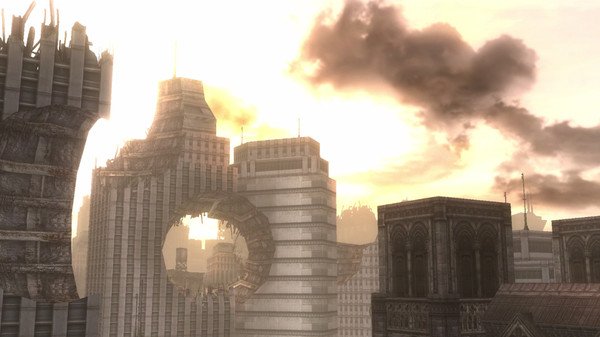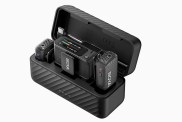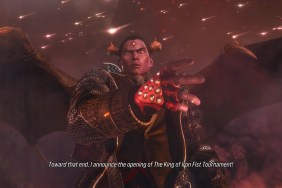A video game green bean casserole.
There was something odd about the kids in class who proclaimed that Thanksgiving was their favorite holiday without a hint of irony. Even as a fellow chubby child, I could not understand the gluttonous gospel they preached. A cornucopia of comfort food over a pile of video games for Christmas? That must be one heck of a green bean casserole. And God Eater 2: Rage Burst, like all good Thanksgiving dinners, offers huge helpings of bland content in the shape of a Monster Hunter-like action RPG.
God Eater 2: Rage Burst takes place in a world ravaged by Aragami, giant creatures determined to make humans their Thanksgiving main course. Although the game is a sequel and an enhanced version of the original God Eater 2, prior knowledge of the series is inessential. As a God Eater enlisted in Blood Unit, you are one of the few capable of wielding God Arcs, the only weapons that can defeat an Aragami. If you are a fan of exposition-heavy anime dialogue, Rage Burst has it in spades. An in-game database keeps track of names, terminology, and in-game lingo you’ll forget as every character talks like they are reading from a dictionary.
Characters in Rage Burst are like kiddie pools: all surface, no depth. Everyone you meet aboard the Friar looks like they are dressed for an anime trope convention. From steampunk to schoolgirl, members of Blood Unit enjoy their perpetual Casual Friday. If only the characters themselves were as interesting as their fashion statements. Forget interpersonal conflicts—the only conflict that seems to matter in Rage Burst is between humanity and the Aragami.
As long as you’re not an Aragami, you are a best friend to the protagonist. Nobody fights, even when the game tries to tell you that people are not getting along. Early in the game, a character is introduced who clashes with your hero over leadership. At least, that’s what he says. Never once is that clash made apparent on the battlefield or even during a cutscene. He just says it and then lightens up, again for no convincing reason. The story is bland but inoffensive, serving only to nudge players along to the next Aragami encounter.
On gameplay, Rage Burst fares a bit better. Unlike Monster Hunter, which emphasizes careful planning and deliberate movement, combat in Rage Burst is simple, fast, and fun. Sure, you can customize bullets to have a variety of effects, and you can research what Aragami you will fight ahead of time to ensure you choose the right God Arc. But you don’t have to, and mashing the attack button while occasionally ducking out of the way will get you through most fights without a hitch.
God Arcs come in a variety of flavors, from shortswords to hammers to giant death-dealing scythes. Each weapon feels unique and suited to fighting different kinds of Aragami. New to the series are Blood Arts, which are customizable abilities that can be equipped to enhance standard attacks, including HP recovery and projectiles.
Guns and shields also play a vital role in combat. Just like the God Arcs, each gun has a different type. Some, like Assault Guns, do little damage but fire quickly and push enemies back. Others, such as the Blast Cannon and Sniper rifle, do maximum damage when targeting weakpoints. Using guns consumes OP which can be refilled by engaging in melee combat. This risk/reward setup adds a little flavor to an otherwise simple combat system.
At the end of a level, rewards are gained based on player performance and character abilities. Rewards include consumable items and weapon skills that can enhance performance. The game does not make it clear when rare items are obtained, leaving the final score feeling a bit underwhelming. Weapons are only obtained through crafting, a mechanic that is explained in-game with a single sentence.
While the game benefits from a silky-smooth 60 FPS on PC, no amount of high definition can hide the game's handheld origins. Environments are large, empty canvases of PS2-era textures. Levels are bite-sized with a tendency to repeat themselves. The menu UI is atrocious, something that only came to mind when I realized how many in-game menus I had to jump between to craft a sword. Character and Aragami designs are thankfully more detailed, though I could do without Nana’s defiance of physics—you’ll know it when you see it. This won’t push any graphics cards, but it thankfully runs without a hitch.
When I began to play God Eater 2: Rage Burst, I was ready to roll my eyes and dismiss the game as a boring, watered-down Monster Hunter clone. However, the more time I spent with it, all 60 hours of it, the more it began to grow on me. The characters were flat but not cringe-inducing. The combat was repetitive but showed nuance as I dug more into Blood Arts. The graphics were passable, if not wholly unpleasant. God Eater 2: Rage Burst is comfort food with a controller, bland but filling. It may not be the best Thanksgiving, but I can see why some kids call it their favorite holiday.
-
Simple, fun combat
-
Lots and lots of content
-
Weapons that could make Cloud blush
-
Boring story/characters
-
Creatures and levels repeat often
-
Bland graphics
god-eater-2-rage-burst
-
god-eater-2-rage-burst #1
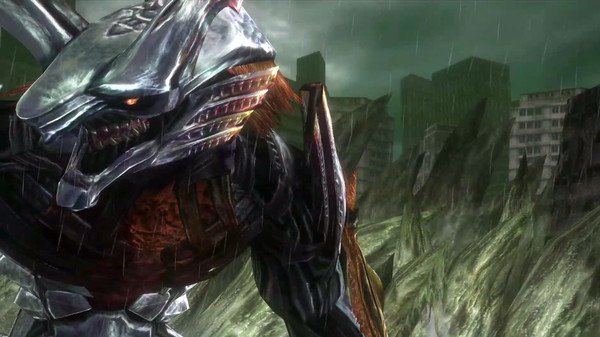
-
god-eater-2-rage-burst #2
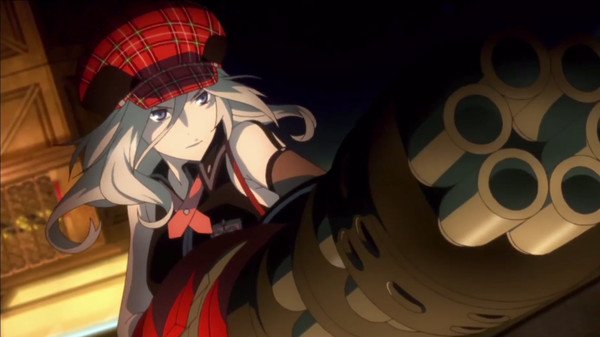
-
god-eater-2-rage-burst #3
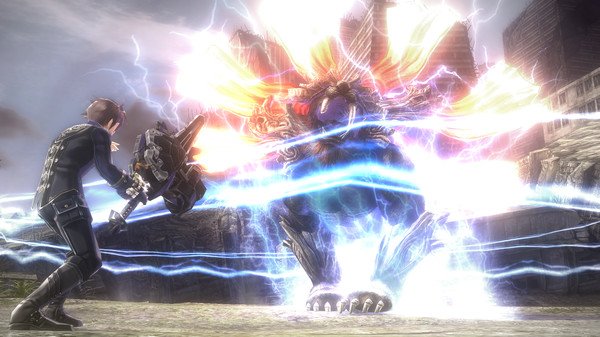
-
god-eater-2-rage-burst #4
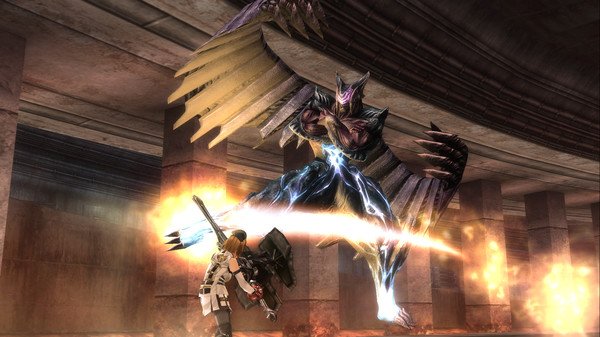
-
god-eater-2-rage-burst #5
